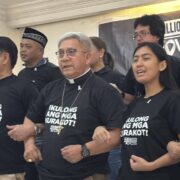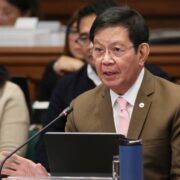A look at the art of Rama Duwaji, Gen Z’s first lady
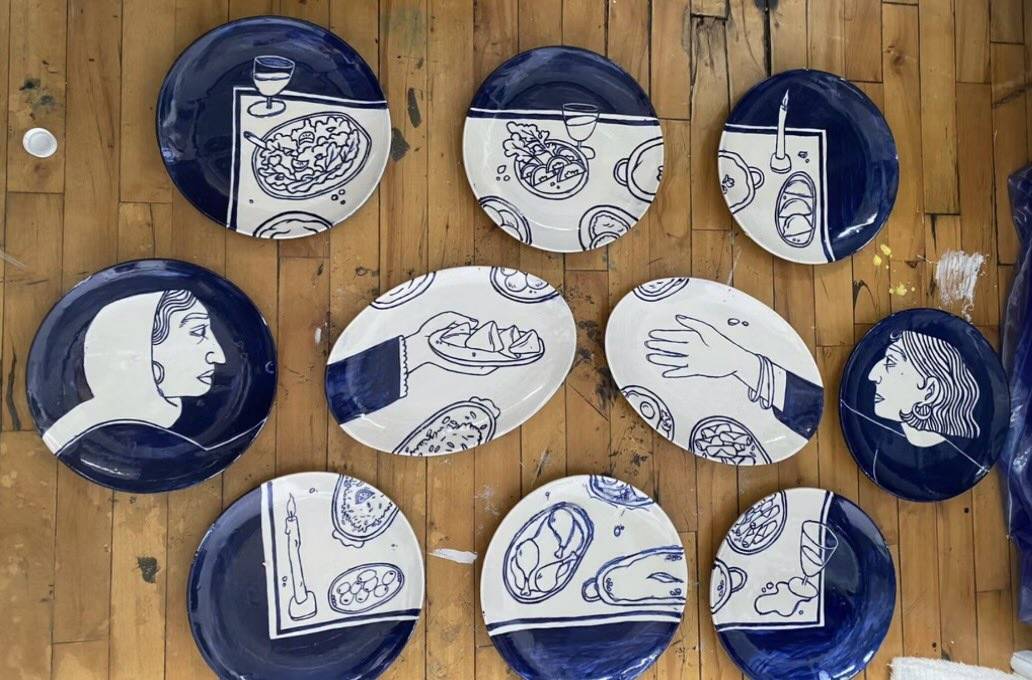
They’re calling her Gen Z’s first lady. Inclusive, creative, and with a great sense of style, Rama Duwaji is definitely an activist. Illustrating and animating art on paper, screens, and ceramics, often about the Muslim or diasporic experience, she exercises her potential and platform to raise awareness and make change.
Her husband, democratic socialist Zohran Mamdani, shocked the world as he became mayor-elect of New York City last Nov. 4. Winning with a progressive platform, a constant smile, and a young Muslim identity, his campaign energized voters. And his victory felt even larger with the rise of right-wing politics, the sudden, terrifying arrests of ICE (the U.S. Immigration and Customs Enforcement), all under the shadow of Trump.
Yet, here comes this Muslim man at the helm of America’s most famous city with a Muslim woman by his side, who is also an unapologetic artist. For a post 9/11 America, it comes across as surreal and symbolic.
But ultimately, it gives a sense of hope, pointing to a new, younger political era that won’t be silenced or sidelined, removing stigmas along the way.
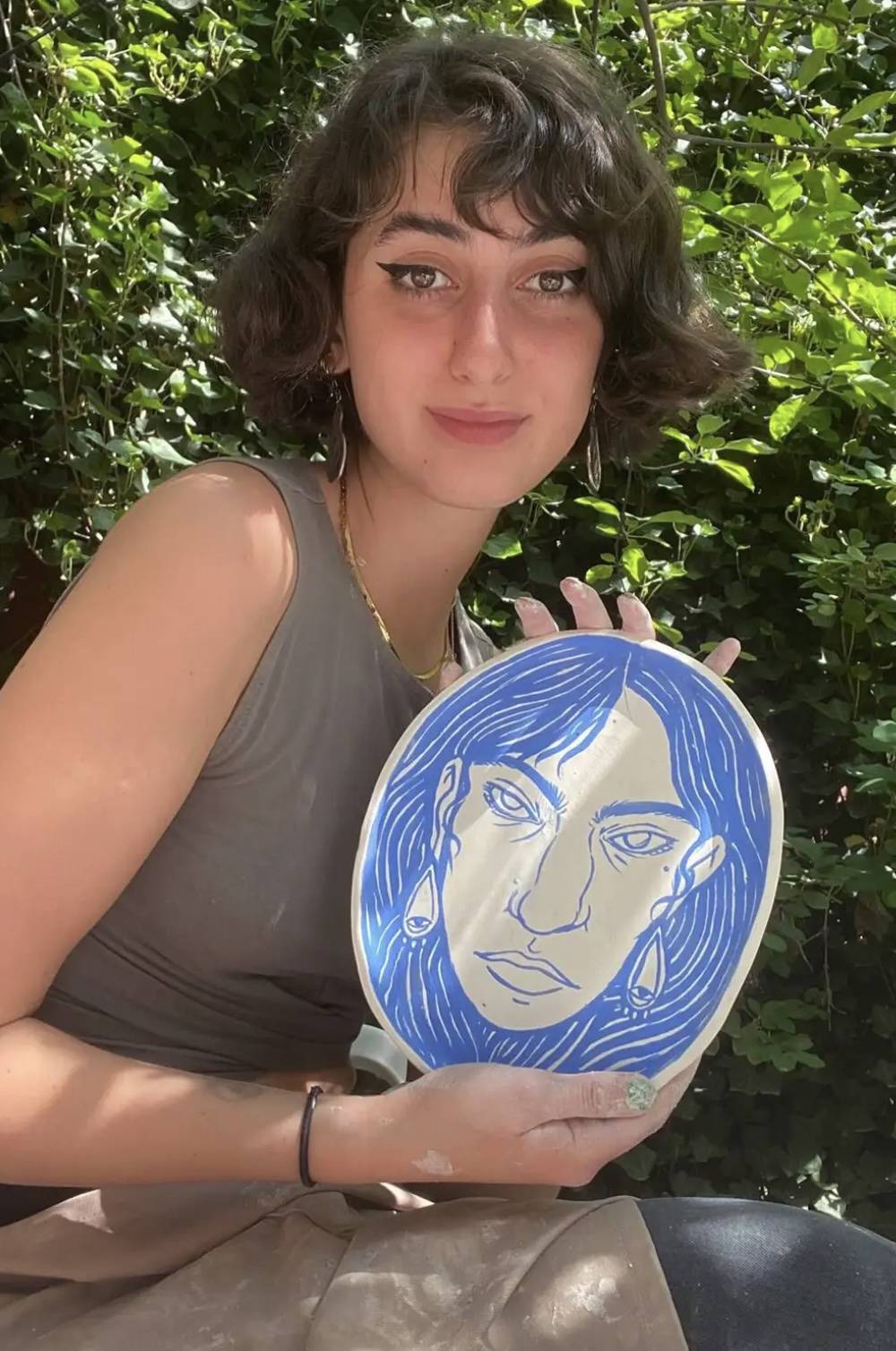
New York’s modern Muslim power couple
If anything, the couple is modern and relevant. Even their meeting, which took place in a very modern way of “the apps” through the dating app Hinge. After a four-year relationship, they married in 2025.
Throughout her husband’s campaign, Duwaji’s art helped fuel the branding. She designed his distinctive blue-and-orange visuals that swarmed the New York streets and social media platforms. With such an unconventional color combination, his message felt fresh and young, yet still elegant.
While the public liked the visuals that veered away from stiff branding, Zohran’s progressive, inclusive message was just as embraced by his native city supporters as he promised better rent systems, free transportation, universal childcare, and more.
Although recently, trolls have been attacking Mamdani, suggesting undercurrents of Islamophobia. Mamdani gracefully responded to the trolls on Instagram, sharing charming subway photos en route to their wedding.
Zohran, meanwhile, addressed the issue head-on. “Three months ago, I married the love of my life, Rama, at the City Clerk’s office. Now, right-wing trolls are trying to make this race—which should be about you—about her,” he says. “Rama isn’t just my wife, she’s an incredible artist who deserves to be known on her own terms. You can critique my views, but not my family.”
In his victory remarks, Mamdani affectionately called his wife the Arabic term “hayati,” meaning “my life.” He adds, “There is no one I would rather have by my side in this moment, and in every moment.”
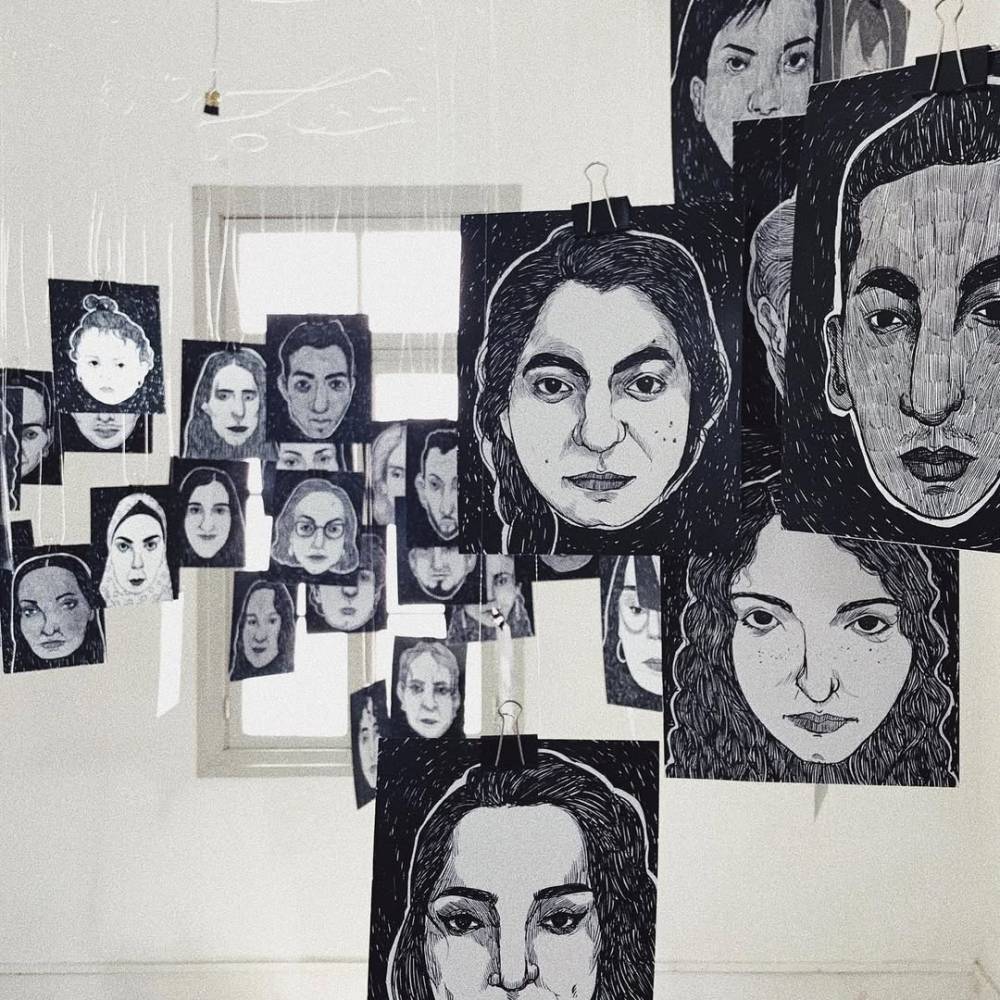
The artist of the moment
With a confident hand and clean lines, Duwaji is a Syrian American who grew up between Houston and Dubai before studying art in the U.S.—a multicultural background she brings with acute self-awareness into her work.
After earning her BFA from Virginia Commonwealth University, she moved to New York in 2021 for her master’s at the School of Visual Arts. In just a few years, she became a force in illustration, working with The New Yorker, The Washington Post, The Cut, and BBC, along with clients like Apple, Spotify, and Tate Modern.
While Duwaji’s art could at first seem uncomplicated, drawn in black and white, or in the form of simple animations, there’s something about it that brings to mind the feeling of these characters, suspended somewhere between memory and dream. And not blissful dreams either, as her subjects often tackle nightmarish scenes, especially in wars in the Middle East.
On her website is a simple animation of a woman, supposedly Duwaji, lying with a book in a bed of flowers, eyes closed, roots spreading below her, as her name shifts from English to Arabic above.
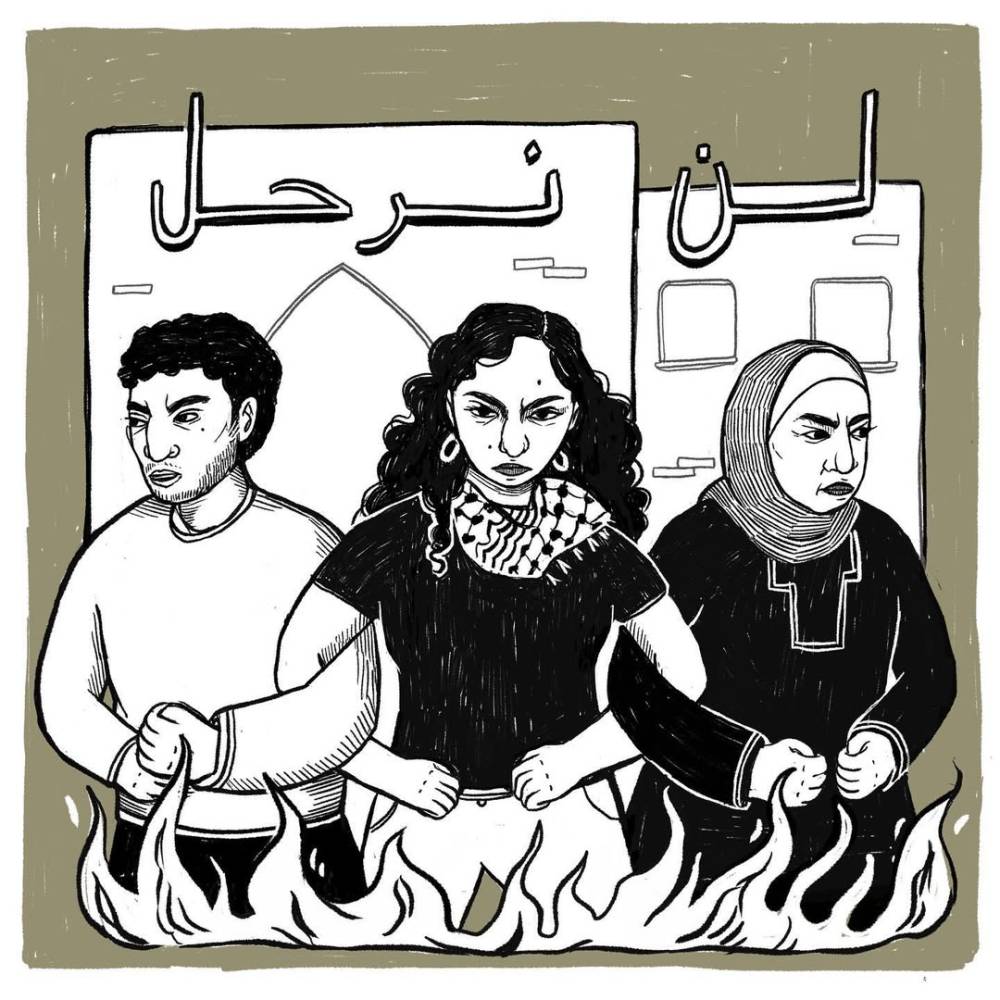
For me, her work recalls the style of “Persepolis,” the French comic book series and Oscar-winning film based on the life of Marjane Satrapi in Iran. Besides the black and white style, there are parallels with a sense of diaristic honesty and the way it folds Middle Eastern politics into day-to-day, often heartbreaking scenes.
“My art stays being a reflection of what’s happening around me, but right now what feels even more useful than my role as an artist is my role as a U.S. citizen,” she tells the Yung, a culture magazine that interviews creatives from Africa and the Middle East. “With so many people being pushed out and silenced by fear, all I can do is use my voice to speak out about what’s happening in the U.S. and Palestine and Syria as much as I can.”
Donning thick eyeliner, hoop earrings, occasionally big black boots, and a super cool haircut, Duwaji is creating diaspora stories that make up modern America, besides representing the youth.
Whether it’s the rise of terrifying ICE raids in the U.S. or the war in Gaza, Duwaji has responded to sociopolitical events regularly. For example, she illustrated a heartbreaking story for The Washington Post about a woman trapped under rubble for 12 hours in Gaza. Pinned on her Instagram profile is an animation for The New Yorker about a cat named Lulu and the memory of a destroyed home, also in Gaza.
Living in a turbulent New York (and the U.S. in general), Duwaji is clearly an activist who creates work with meaning.
“If it happens to engage someone or loop them into a conversation about politics or community they might not have thought of being a part of, it is an added bonus,” she tells Yung.

Finally, a modern first lady
On Jan. 1, 2026, Mamdani will take office with Duwaji by his side.
It’s just so remarkable, almost unreal, that a young Syrian American Muslim woman will be at the center of New York’s politics, holding such power to create change for more inclusivity, acceptance, and peace.
Perhaps in a post-9/11 America, which has been filled with suspicion of Muslims, Duwaji might help in addressing this political trauma with a sense of tenderness. Especially now, too, with ICE and Trump’s rage against the immigrants.
Together with her husband, they are encouraging people to move beyond fear and toward more acceptance.
And while it seems like Duwaji will not be the traditional, prim, protocol-stiff first lady we’re all used to, being a digital native with brave art has its pulse on the culture.
They say behind every man is a great woman. And Mamdani’s wife, besides being an artist in her own right, is definitely that great woman. As both a symbol and an agent of a better, modern world, she seems set to draw a more inclusive future, coloring outside the lines in her own way.









